K-Pop Demon Hunters Tiger and Magpie Explained
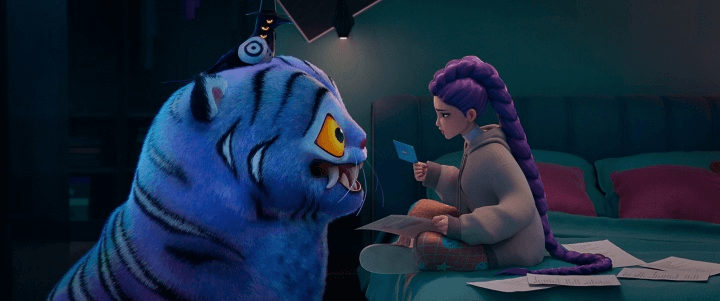
International viewers of Netflix's K-Pop Demon Hunters have been captivated by the clumsy tiger and wise magpie duo that serves as messenger characters. These "foolish but lovable" animals feel authentically Korean because they're directly inspired by jakho-do (작호도), one of Korea's most beloved traditional folk art forms.
Ancient Origins of the Cute Messengers
The tiger in K-Pop Demon Hunters acts more like a house cat than a fearsome predator, bumbling around with big surprised eyes while the elegant magpie appears to be the real intelligence behind the operation. This character design is a deliberate homage to a centuries-old Korean artistic tradition that transformed intimidating Chinese imperial tigers into loveable fools.
Jakho-do, literally meaning "magpie-tiger paintings," emerged in 17th century Korea when local artists took Chinese tiger paintings and completely subverted their meaning. Where Chinese art depicted tigers as majestic rulers of nature, Korean painters intentionally made them look silly, confused, and endearingly incompetent. This created the beloved "stupid tiger" (바보호랑이, babo-horangi) that became a cornerstone of Korean folk art.
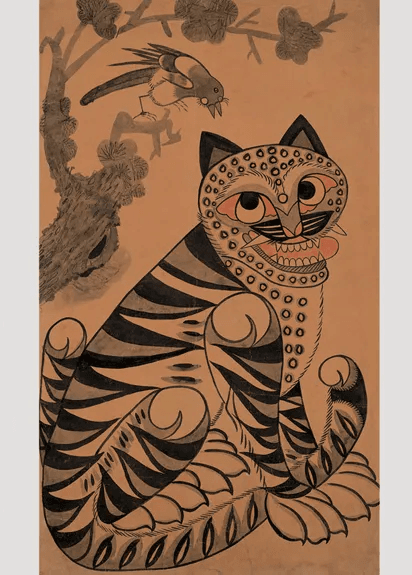
Why Korean Tigers Are Intentionally Ridiculous
The genius of jakho-do lies in its visual irony. Korean artists deliberately drew tigers with specific characteristics:
- Large, startled eyes that look perpetually confused
- Awkward postures that remove any sense of dignity
- Comical expressions that make them appear harmless
- Bold, simple brushstrokes creating an almost cartoon-like appearance
Meanwhile, magpies are portrayed with grace and composure, perched elegantly on pine branches with alert, intelligent expressions. This visual hierarchy completely reverses the natural order—the small bird appears wise and calm while the powerful predator looks bewildered and helpless.
This is exactly what appears in K-Pop Demon Hunters, where the tiger acts like an overgrown kitten while the magpie maintains dignity and purpose.
Cultural Significance Behind the Silliness
This wasn't artistic whimsy—it was sophisticated social commentary. During Korea's rigid Joseon Dynasty (1392-1897), when Confucian class systems oppressed common people, folk painters found a creative way to express dissent. The powerful tiger became a symbol for corrupt aristocratic officials, while the clever magpie represented the wisdom of ordinary people.
In K-Pop Demon Hunters, this tradition continues effectively. The tiger's blue spiritual powers match the demon-hunting abilities of the main characters, showing how the traditional protective function of these "stupid" tigers has been modernized for contemporary audiences. Despite their silly appearance, these tigers were always spiritual guardians capable of warding off evil—just like in the Netflix series.
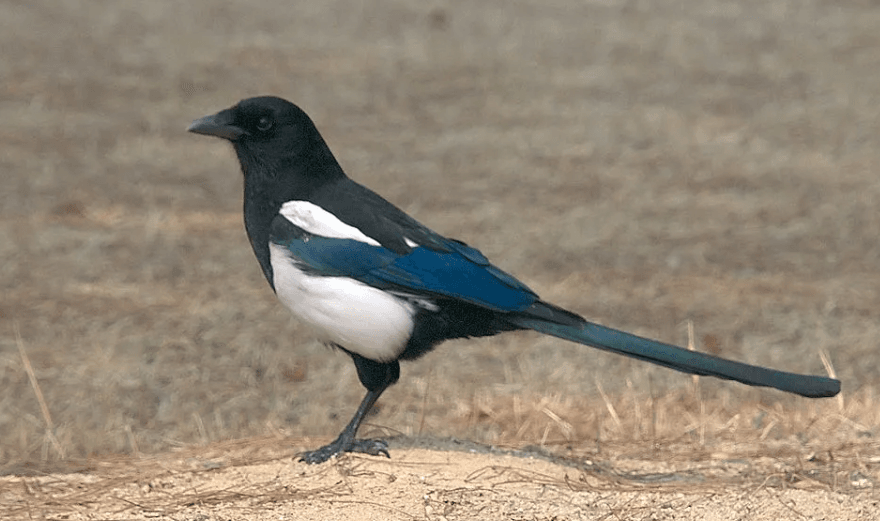
Magpies(까치) : Wise Messengers in Korean Culture
The magpie's natural wisdom and dignity in K-Pop Demon Hunters reflects its deep symbolic meaning in Korean culture. Magpies have long been considered auspicious birds (길조, giljo) in Korea, recognized as messengers of welcome guests or good news.
Korean folk beliefs include several traditions about magpies:
- When magpies sing in the morning, welcome guests will arrive
- They serve as messengers who can bring wealth or official positions
- Children traditionally throw lost teeth on rooftops for magpies to replace with new ones
- Magpie nests are considered symbols of prosperity
In 1964, when the Korean branch of the International Council for Bird Preservation held a national bird selection campaign, magpies received 9,373 out of 22,780 total votes, ranking first. Currently, 76 local governments in Korea have designated magpies as their symbolic bird.
This cultural background explains why the magpie in K-Pop Demon Hunters naturally serves as a wise and trustworthy guide.
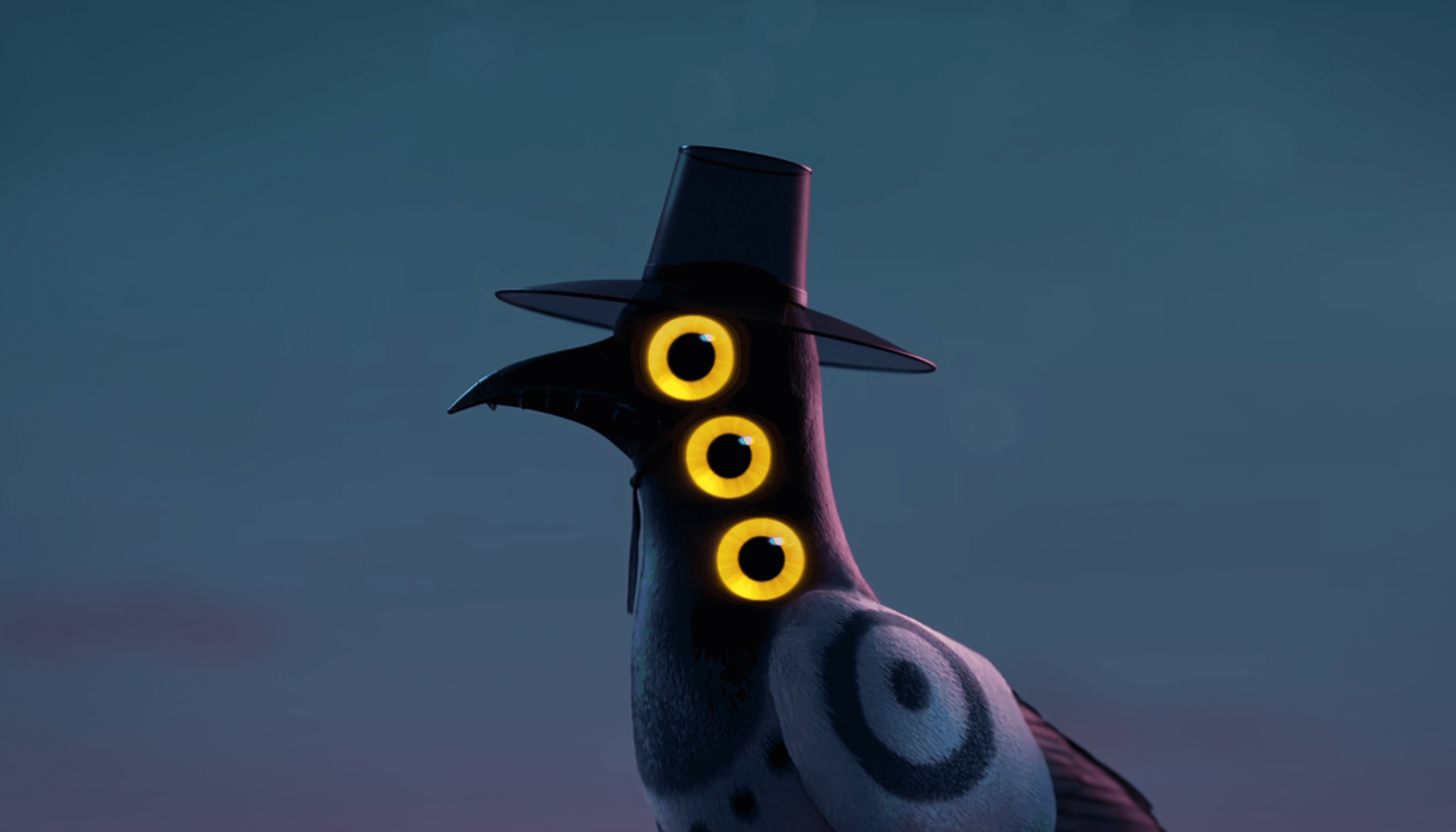
From Protective Spirits to K-Pop Messengers
What makes the K-Pop Demon Hunters adaptation brilliant is how it preserves the essential character of traditional jakho-do while updating it for global audiences. The tiger and magpie serve as messengers between the spiritual and human worlds, exactly as they did in classical Korean folk paintings.
The blue energy effects surrounding these characters aren't just visual flair—they're a direct reference to the traditional byeoksa (벽사) function of jakho-do paintings. Byeoksa refers to an old belief system about overcoming evil that causes disease and sickness. According to yin-yang theory, red and blue colors (representing the strongest "yang" forces) could drive away evil spirits representing "yin."
Korean families would hang these paintings at their front gates during New Year celebrations, trusting that the "stupid" tigers would protect their homes from malevolent forces.
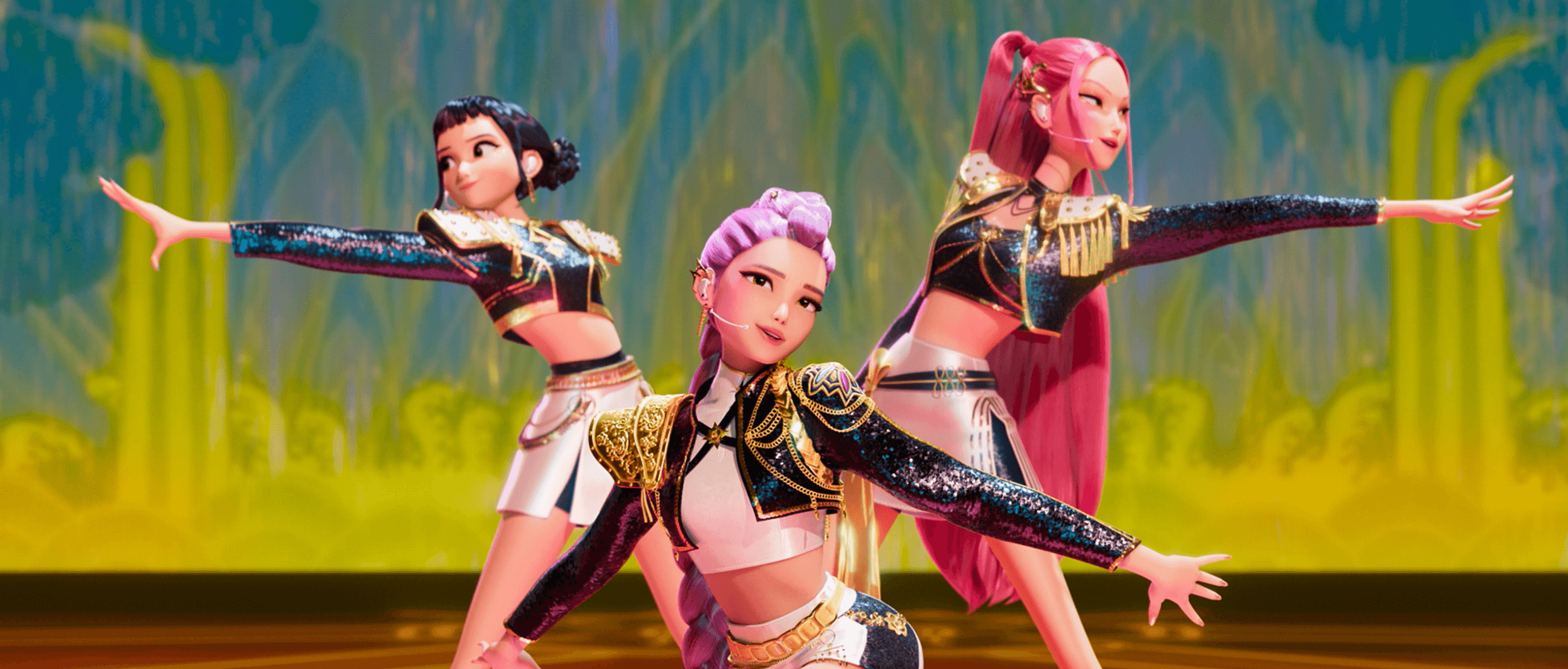
Global Rediscovery of Korean Folk Art
Thanks to K-Pop Demon Hunters' success, international audiences are discovering what Koreans have appreciated for centuries. The Korean production team at Sony Pictures Animation worked to preserve these authentic cultural elements, and global fans are now searching for real jakho-do paintings online and learning about Korean folk art traditions.
This represents cultural continuity: a traditional art form that once provided entertainment and social commentary for Korean commoners now charms audiences worldwide through modern animation. The Korean values of humor, creativity, and cultural resistance that created the "stupid tiger" centuries ago continue to resonate across cultures and generations.
The essential appeal of jakho-do—preference for approachability over intimidation, humor over solemnity, and community wisdom over individual authority—translates perfectly to international audiences. The Korean values that transformed fierce Chinese tigers into loveable characters are the same ones that make K-Pop Demon Hunters feel both uniquely Korean and universally appealing.
The next time you see that adorable tiger stumbling around in K-Pop Demon Hunters, remember: you're experiencing a masterpiece of Korean cultural adaptation that has been making people smile and think for over 400 years. The "stupid tiger" and wise magpie aren't just characters—they're cultural ambassadors sharing the Korean spirit with the world.
Korean Word Study
- tiger (호랑이/hoɾaŋi)
- magpie (까치/kkachi)
- magpie-tiger paintings (까치호랑이 그림/kkachi-hoɾaŋi gɾim)
- painters (화가/hwaga)
- folk art (민화/minhwa)
- brushstrokes (붓놀림/but-nolim)
- pine branches (소나무 가지/sonamu gaji)
- Joseon Dynasty (조선왕조/Joseon wangjo)
- common people (서민/seomin)
- corrupt aristocratic officials (탐관오리/tamgwan-ori)
- spiritual guardians (영적 수호자/yeongjeok suho-ja)
- auspicious birds (길조/giljo)
- messengers (전령/jeonlyeong)
- folk beliefs (민간 신앙/mingan sin-ang)
- wealth (부자/buja)
- official positions (벼슬/byeoseul)
- magpie nests (까치집/kkachi-jip)
- evil (악/ak)
- yin-yang theory (음양론/eum-yang-lon)
- evil spirits (악령/ak-lyeong)
- front gates (대문/daemun)
- New Year celebrations (새해 축하/saehae chukha)
- malevolent forces (악한 기운/akhan gi-un)